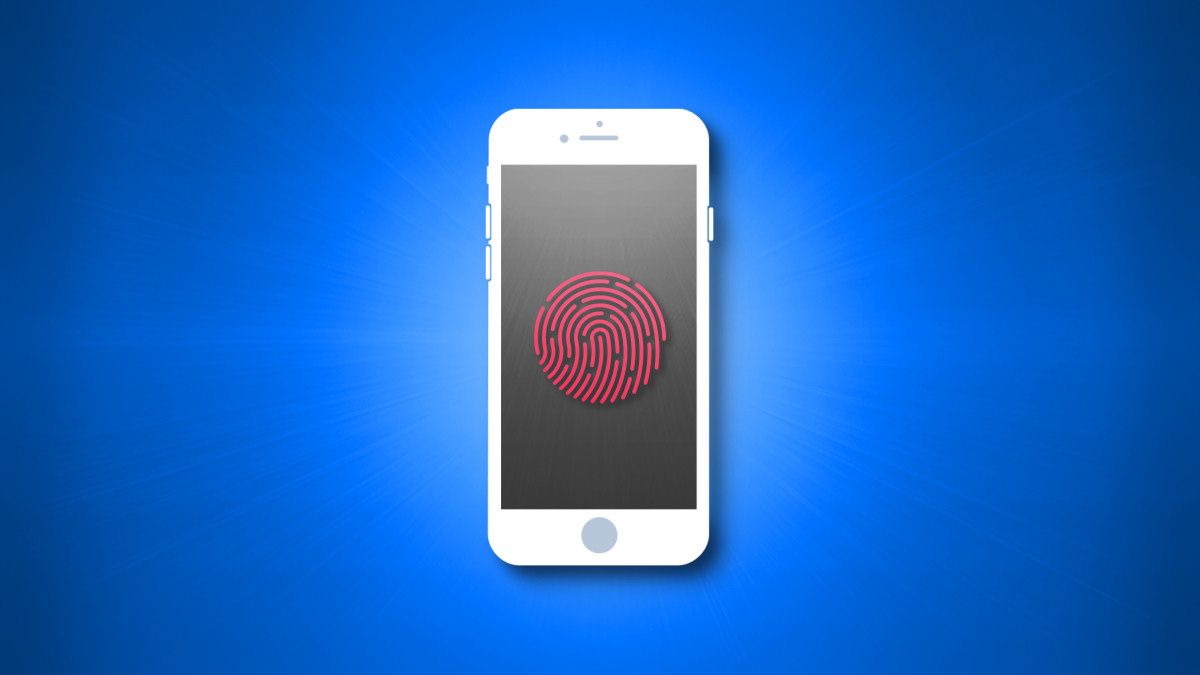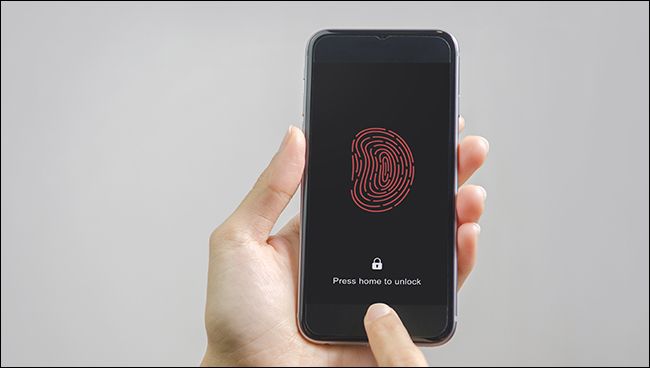Some models of Apple iPhone, iPad, and Mac include an authentication feature called "Touch ID," which lets you use your fingerprint to verify your identity. We'll explain why it's useful and how it works.
What Is Touch ID?
Touch ID is a biometric security feature that scans a user's fingerprint to allow logins, purchases, and more. It's useful because it allows device owners to verify their identities without having to repeatedly enter PINs or passwords. Your Touch ID fingerprint information is encrypted locally in a "Secure Enclave" and is not accessible by Apple or other companies.
Apple first introduced Touch ID on the iPhone 5S in 2013. In 2014, Apple added Touch ID to the iPad Air 2, and it came to the MacBook Pro (Fourth Generation) in 2016, appearing beside the Touch Bar. In 2021, Apple began selling a standalone Magic Keyboard with Touch ID for M1 Macs. Since the iPhone X in 2017, most new models of iPhone use Face ID instead of Touch ID for biometric security.
To set up Touch ID on iPhone or iPad, open the Settings app and navigate to "Touch ID & Passcode," enter your passcode, and add a fingerprint. On the same Settings page, you can choose which features Touch ID works with, including unlocking your device, Apple Pay, and more. To set up Touch ID on a Mac that supports it, open System Preferences and click "Touch ID."
How Does Touch ID Work?
Touch ID uses a special capacitive sensor module that creates a map of your fingerprint using a small electric current. The device can read your fingerprint from any angle and store multiple fingerprints in its Secure Enclave.
To use Touch ID, gently place your finger on the surface of the sensor, which is located in the home button on some iPhones, the home button or top button on certain iPads, and in a special corner location on some MacBook Pro and Mac keyboard models.
Which Apple Devices Support Touch ID?
As of May 2022, Apple has built Touch ID sensors into at least 48 different products, ranging from iPhones to keyboards. Here's a list of Apple devices that support Touch ID.
iPhone
- iPhone SE (2022)
- iPhone SE (2020)
- iPhone SE (2016)
- iPhone 8 Plus
- iPhone 8
- iPhone 7 Plus
- iPhone 7
- iPhone 6s Plus
- iPhone 6s
- iPhone 6 Plus
- iPhone 6
- iPhone 5s
iPad
- iPad Air (5th generation)
- iPad (9th generation)
- iPad Mini (6th generation)
- iPad Air (4th generation)
- iPad (8th generation)
- iPad (7th generation)
- iPad Mini (5th generation)
- iPad Air (3rd generation)
- iPad (6th generation)
- iPad Pro 12.9-inch (2nd generation)
- iPad Pro 10.5-inch
- iPad (5th generation)
- iPad Pro 9.7-inch
- iPad Pro 12.9-inch
- iPad mini 4
- iPad mini 3
- iPad Air 2
Mac & Keyboards
- MacBook Pro (16-inch, 2021)
- MacBook Pro (14-inch, 2021)
- Magic Keyboard with Touch ID and Numeric Keypad
- Magic Keyboard with Touch ID
- MacBook Pro (13-inch, M1, 2020)
- MacBook Air (M1, 2020)
- MacBook Pro (13-inch, 2020, Four Thunderbolt 3 ports)
- MacBook Air (Retina, 13-inch, 2020)
- MacBook Pro (16-inch, 2019)
- MacBook Air (Retina, 13-inch, 2019)
- MacBook Pro (15-inch, 2019)
- MacBook Pro (13-inch, 2019, Four Thunderbolt 3 ports)
- MacBook Air (Retina, 13-inch, 2018)
- MacBook Pro (15-inch, 2018)
- MacBook Pro (13-inch, 2018, Four Thunderbolt 3 ports)
- MacBook Pro (15-inch, 2017)
- MacBook Pro (13-inch, 2017, Four Thunderbolt 3 ports)
- MacBook Pro (15-inch, 2016)
- MacBook Pro (13-inch, 2016, Four Thunderbolt 3 ports)
While it seemed like Face ID would supersede Touch ID completely for a time, the use of masks during the COVID-19 pandemic provided a good reason for preferring Touch ID. Apple has added mask unlock to make Face ID more useful for people wearing masks.


